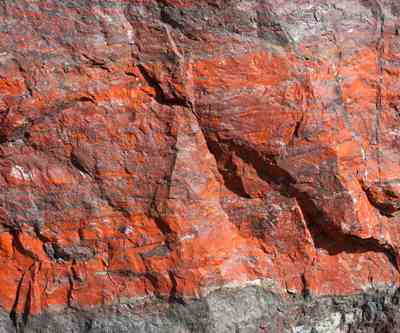Komatsu and AcuMine have recently finalised an agreement whereby 4CAST (Collision Avoidance Safety Technology) will be distributed and supported through Komatsu's Australian, New Zealand and New Caledonian sales and service network. With many looking at ways to prevent vehicle-related incidents in the mining industry, collision avoidance technology is an increasingly recognised solution, according to Komatsu Mining Account Manager Dan Wieland. "AcuMine's 4CAST system offers a number of features and benefits not found on other collision avoidance systems, including the ability to alert operators and drivers according to context, and the inclusion of a handheld system for individuals walking around on the ground," he said.
4CAST modules are available for heavy mobile equipment, such as trucks, loaders and graders, as well as light equipment such as utility vehicles and 4WDs, personnel carriers, small loaders and skidsteers, as well as for individuals
4CAST works by using a combination of GPS and radio frequency signal strength to determine a vehicle's position; each vehicle communicates its position relative to the position of all other vehicles within range - forming a peer-to-peer network. The system provides machine and vehicle operators, and individuals on the ground, with information on other vehicles or individuals nearby, including identification, distance and direction. Whenever necessary, it will raise site-defined alarms and notifications through an operator's display fitted in the cabin. Alarms can be both audible and visual - and can even be site-customised to incorporate prerecorded verbal alerts from a site's safety supervisor, using their own voice.
"4CAST is designed for any type of mobile equipment, and it is necessary for all vehicles to have the system on board for them to communicate with each other," said Wieland. "It allows each piece of mobile equipment, vehicle or individual to position themselves using GPS, combining this with radio frequency signal strength to calculate distances between each of them - and then alert drivers and individuals of the distance to the nearest potential threat."
For communication, the heavy equipment module works off both the 2.4 GHz and 433 MHz frequencies, while the light vehicle and individual modules work off the 433 MHz frequency only.
The 4CAST unit for individuals is about the size of a small mobile phone, clips to a belt, lasts 12 hours on a single charge, and can be recharged off a USB connection.
"All modules are based around standard off-the-shelf radio parts, but the clever thing behind 4CAST is it uses context, so it can tell if you're on a haul road, at an intersection, or loading or on a dump site," said Wieland. "For example, if you have two vehicles on a haul road travelling in opposite directions, but separated, they can be quite close but won't be a collision risk; 4CAST's context ability can handle this, and avoid giving a false alert. However, if two vehicles are approaching at intersection, the system knows that, and alarms accordingly. Likewise, it will sound an alert if there are two vehicles on the same road, going in the same direction, but the one ahead has broken down, or is travelling at a slower speed.
"4CAST works effectively at both low and high speeds, and has the same sensitivity whether a machine is travelling at 1 km/h or 100 km/h," he said. "This is important, because while most fatalities occur when light and heavy vehicles collide, there is a high incidence of collision between vehicles moving at relatively slow speeds.
"We're very excited to be able to offer the 4CAST system, as it is the only one on the market that can offer whole of site coverage, at full speed and which is unaffected by low visibility or environmental conditions," he said. "In addition, this agreement further reinforces Komatsu Australia's standing as a company dedicated to safety and providing customers with effective safety solutions."
The relationship between Komatsu and AcuMine began in 2004 when the two companies collaborated on an early collision avoidance system for a mine in Western Australia; since then this has developed into the current 4CAST collision avoidance system.

